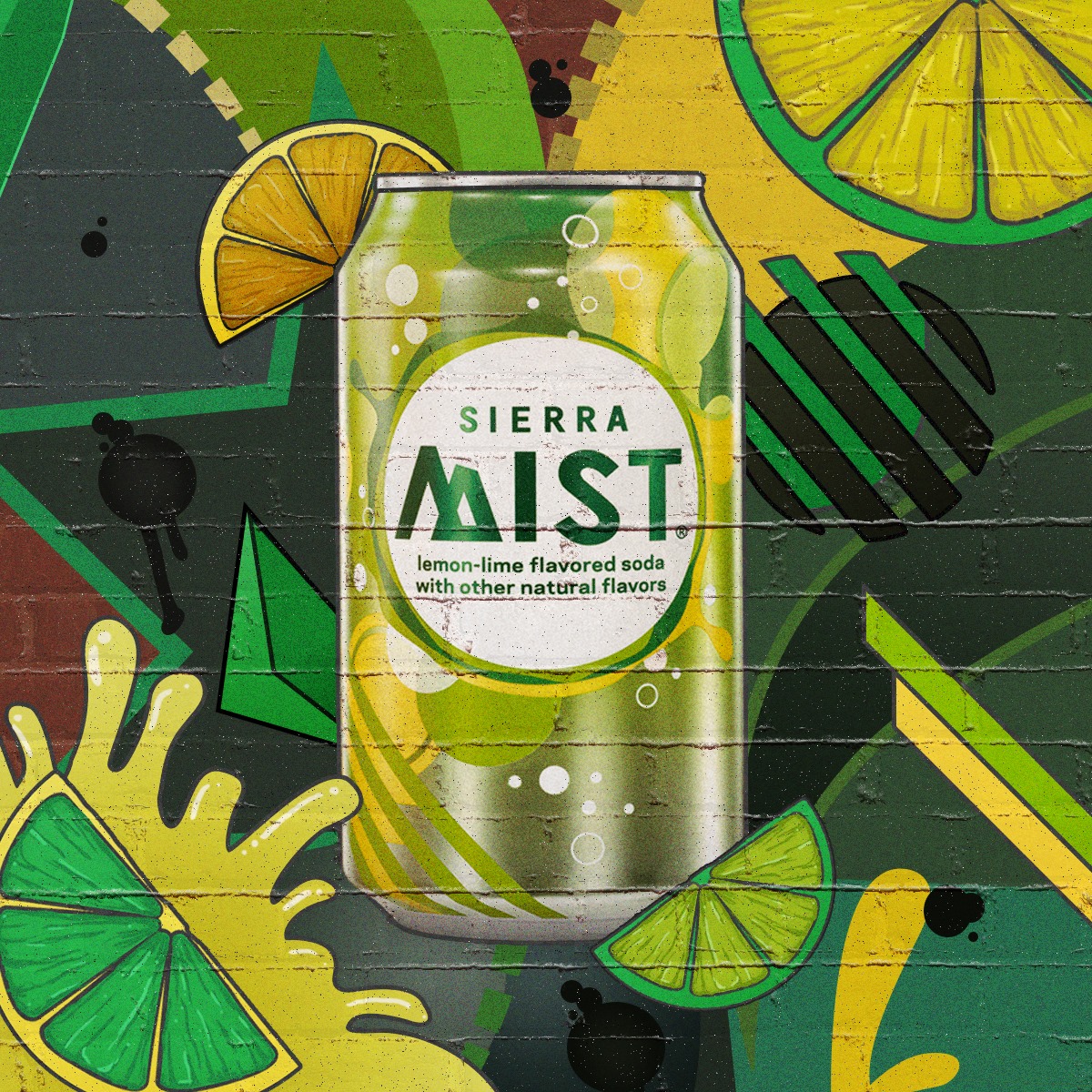Sierra Mist Sweetener Switcharoo Leaves Soda Drinkers Bitter Image courtesy of (Sierra Mist Facebook Page)
Both Coke and Pepsi have introduced “mid-calorie” sodas featuring a blend of sugar and stevia sweetener recently, and this new category seems to be selling well enough among people who don’t mind the taste of calorie-free sweeteners but don’t want an entirely calorie-free beverage. Yet beverage companies are also trying something new: sneaking small amounts of sweeteners that aren’t high-fructose corn syrup or sugar in to non-diet sodas, and apparently hoping that consumers don’t notice.
Seagram’s tried this back in 2013, and customers noticed. Now it’s the turn of PepsiCo’s Sierra Mist, a drink previously marketed as “natural,” which is generally a meaningless marketing buzzword in the food industry. During its years calling itself “natural,” Sierra Mist attracted fans who prefer the taste of sugar-sweetened soft drinks. These fans are not thrilled to get a mouthful of surprise stevia.
What constitutes an “artificial” sweetener, anyway? Yes, stevia is a highly processed product originally derived from a plant, but so is white sugar. The Food and Drug Administration actually sidesteps this and calls all non-caloric sweeteners “high-intensity sweeteners.” That means that labeling a bottle or package “No Artificial Sweeteners,” which is the case with Sierra Mist, is technically accurate, but isn’t using the term in the way that most consumers would understand it.
Customers have noticed the difference. Many Sierra Mist drinkers report that they didn’t notice anything unusual on the bottle, since there was no obvious “New Formula!” or “Now with stevia!” labeling on the package. For some people, that would be a selling point. Instead, PepsiCo changed up the formula at the same time that it redesigned the packaging in the fall of 2014. The new packaging is more abstract, trading color blobs for actual lemon and lime slices. “The new package utilizes strong color cues to communicate the lemon/lime flavor to bring a more modern approach to the packaging as compared to the traditional lemon/lime wedges,” a company spokesperson told AdAge. The new packaging is supposed to “spark the curiosity of the millennial consumer by delivering experiences from the outer edges of mainstream culture.” Like stevia, apparently.
Customers have not embraced the change, as a perusal of the brand’s Facebook page will show you:



If you aren’t a stevia fan, complain away and don’t buy the drink, since PepsiCo competitor Coca-Cola switched its own sweetener switch back. Coke’s Vitamin Water brand used a small amount (by soft drink standards) of sugar in its regular version, and stevia in diet flavors, and swapped out some of the sugar for stevia in May of last year. Customers noticed the switch, and complained enough that the brand switched back to sugar only four months later.
We contacted PepsiCo about this sweetener switch, and are still waiting for a response. What we were most curious about is whether the company plans to swap stevia, sucralose, or any other high-intensity sweeteners in to its fountain sodas, where consumers only see a brand name and can’t check the label for hidden ingredients that might make them sick. (Some people complain that Splenda triggers migraines or gastrointestinal distress.) We’ll post an update when or if they get back to us.
Want more consumer news? Visit our parent organization, Consumer Reports, for the latest on scams, recalls, and other consumer issues.


